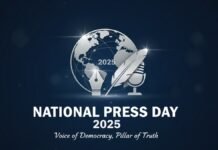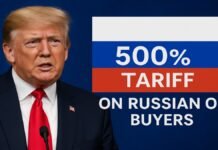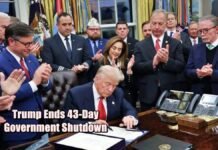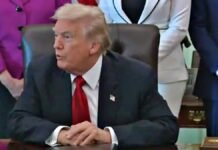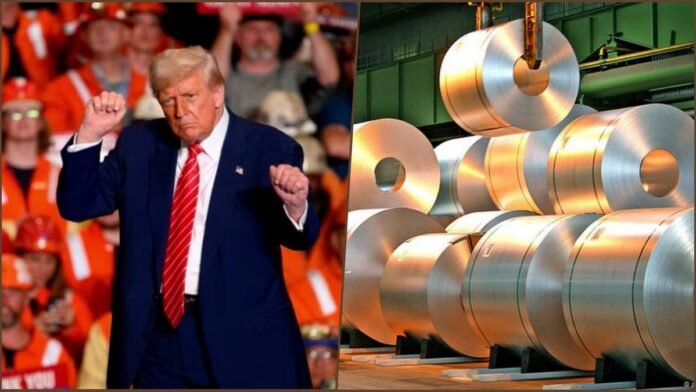
Key Points
- US President Donald Trump has announced a doubling of tariffs on imported steel, from 25% to 50%, effective June 4.
- The move aims to protect US steelmakers, boost domestic manufacturing, and reduce reliance on foreign imports, especially from China.
- Trump highlighted a $14 billion investment deal with Japan’s Nippon Steel and US Steel, promising the company will remain American.
- Analysts warn the tariff hike could raise costs for cars, housing, and construction, impacting US consumers and manufacturers.
- The decision comes amid ongoing trade tensions and a contentious debate over foreign ownership of US Steel.
New Delhi: In a dramatic escalation of his protectionist trade agenda, President Donald Trump announced on Friday that the United States will double tariffs on imported steel from 25% to 50%, with the new rate taking effect June 4. Speaking to steelworkers at US Steel’s Mon Valley Works–Irvin Plant near Pittsburgh, Trump framed the move as a critical step to “further secure the steel industry in the United States” and ensure that American jobs and manufacturing remain protected.
Aims: Protecting US Industry, Targeting China
Trump emphasized that the tariff hike is designed to bolster domestic steelmakers, support American manufacturing, and reduce the nation’s dependence on foreign steel particularly from China. “America’s future should be built with the strength and pride of Pittsburgh, not the weak steel of Shanghai,” Trump declared, vowing that “nobody’s going to get around” the new 50% tariff.
Nippon Steel Deal: A Blockbuster Investment
The announcement coincided with news of a $14 billion investment agreement between Japan’s Nippon Steel and US Steel, a deal Trump described as a “blockbuster” that will keep US Steel “an American company”. While details remain unclear, the arrangement reportedly involves significant upgrades to steel facilities across several states and a commitment to preserve American jobs. Trump initially opposed foreign ownership of US Steel but now backs a “partial ownership” structure, maintaining US control.
Impact: Rising Prices and Industry Reactions
The tariff hike is expected to ripple through the US economy. Steel prices have already surged 16% since Trump returned to office, reaching $984 per metric ton in March far higher than European or Chinese steel. Analysts warn that higher tariffs will increase costs for industries heavily dependent on steel, including automotive, construction, and housing, potentially leading to higher prices for cars, appliances, and homes. The United States imported 26–28 million tonnes of steel in 2024, with Canada, Brazil, Mexico, and South Korea as top suppliers.
Industry leaders and the United Steelworkers union have offered mixed reactions. While some credit tariffs with strengthening the domestic steel sector, others express concern about job security and the long-term competitiveness of US manufacturing.
Political and Global Trade Implications
Trump’s tariff decision comes amid heightened trade tensions and follows accusations that China violated a previous agreement to ease trade restrictions on critical minerals. The move is also politically significant, as Pennsylvania a key swing state has long been a battleground over the future of American manufacturing and the fate of US Steel.
The broader impact on global trade sentiment remains to be seen. While India and some other exporters may see limited direct effects, the tariff hike could dampen global growth and commodity demand, with potential retaliation or realignment by major trading partners.
Trump’s decision to double steel tariffs marks a historic shift in US trade policy, with far-reaching consequences for American industry, consumers, and global markets. The move is positioned as a safeguard for domestic jobs and manufacturing, but it also raises the stakes in ongoing trade disputes and may drive up prices for a wide range of products. All eyes are now on how US trading partners and domestic industries will respond as the new tariffs take effect.





























